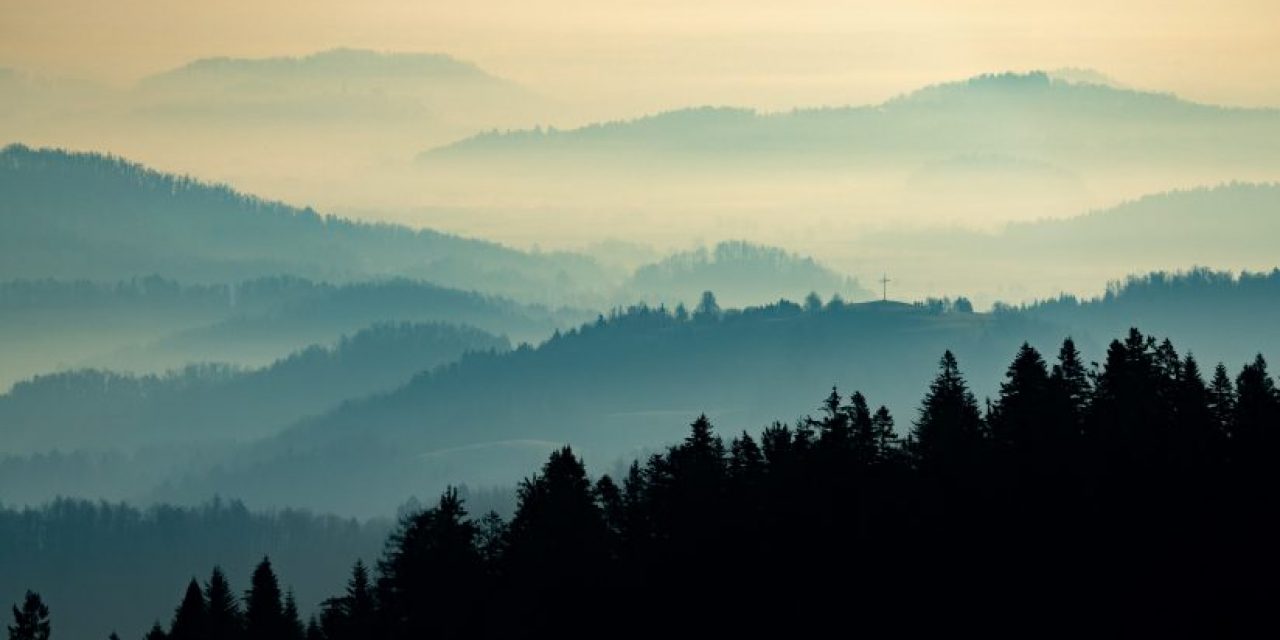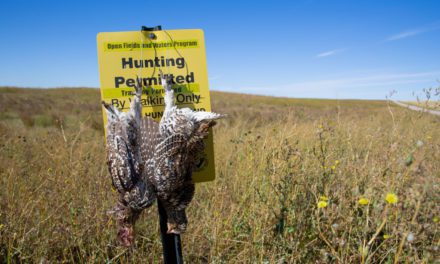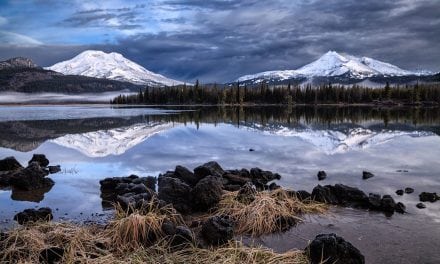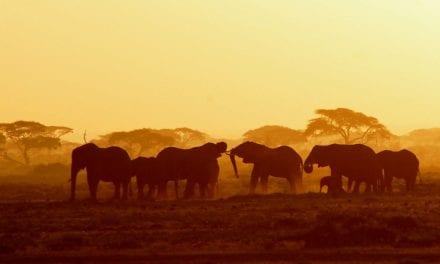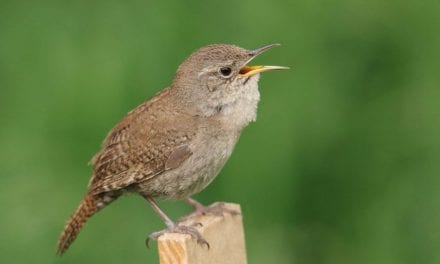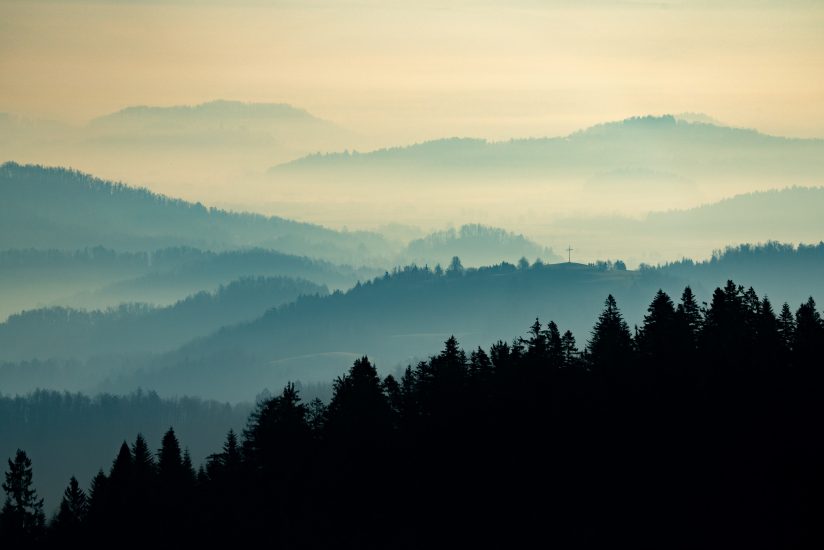
Nowadays, when you hear the word “layers” in reference to photography, your first thought likely veers to Adobe Photoshop. So much of what I see online about photography technique focuses more on the post-processing side of things rather than in-camera. In this article, though, I’m referring to the layers within your photographic compositions. Learning to see the landscape in layers is one of the best ways to convey depth in how you frame your shots. After all, if you can give your viewer a relational sense of your primary subject with respect to its surroundings, you have a greater chance of getting them to focus on your photo. And that, my friends, is the ultimate goal when you share a photo.
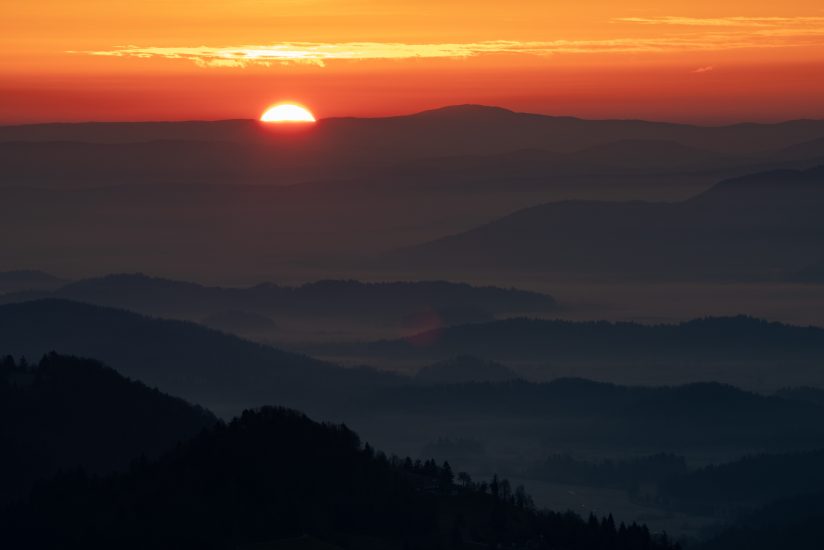
There are several factors to consider when looking for those lovely layers to include. The first, and most obvious, is whether there are any layers to begin with. If you’re standing in the middle of Nebraska, odds are high that you won’t have many layers to find as the area is famously flat and expansive. You’ll have far better luck if you are in a mountainous or hilly area. Additionally, your position with respect to the hills is important. I always look for the highest possible vantage point and tend to shoot down from there.
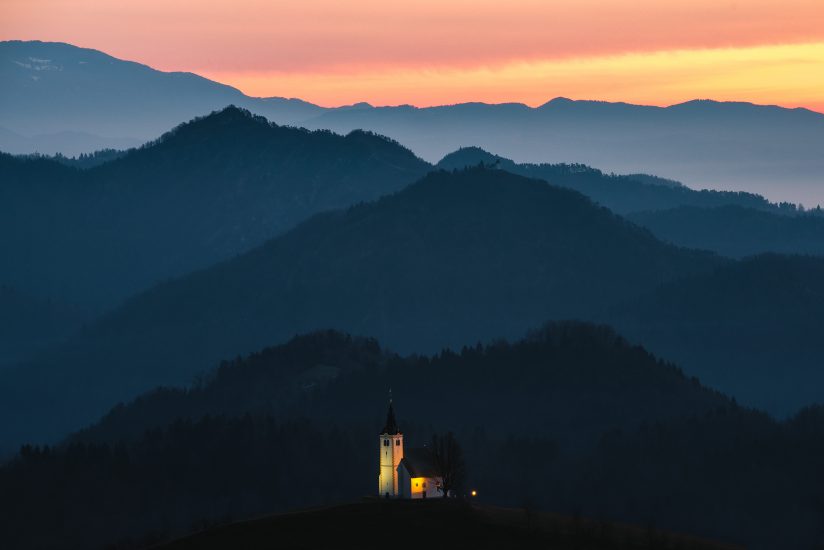
Next, it helps to have a primary point of focus to serve as a relational jumping off point for the viewer. If the only thing you present are a bunch of hills without a clear subject, it will be much harder for the viewer to get any special connection. They’ll have no sense of depth or distance, which will defeat the purpose entirely. Also, including a primary subject will allow you to convey a sense of scale, which is a powerful composition technique.
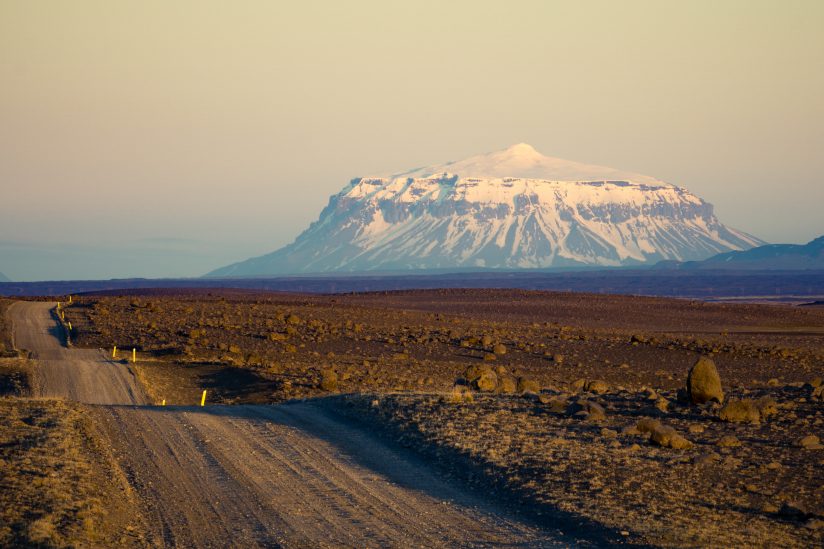
Finally, the time of day when you shoot is important. While we all love the quality of light at sunrise and sunset, it goes far beyond aesthetics here. When the sun is high in the sky, the direction of the light is harsh and doesn’t cast much shadow. When the sun hangs lower, the light travels at a much more pleasing angle and it casts long shadows as it breaks over each layer. These shadows are a critical component to defining shape and contour. By combining all of these elements together, you will end up with a seriously pleasing photo for your viewers, I promise.
See more of Brian Matiash’s work at matiash.com.
The post Finding Layers In Your Landscape Photography appeared first on Outdoor Photographer.

